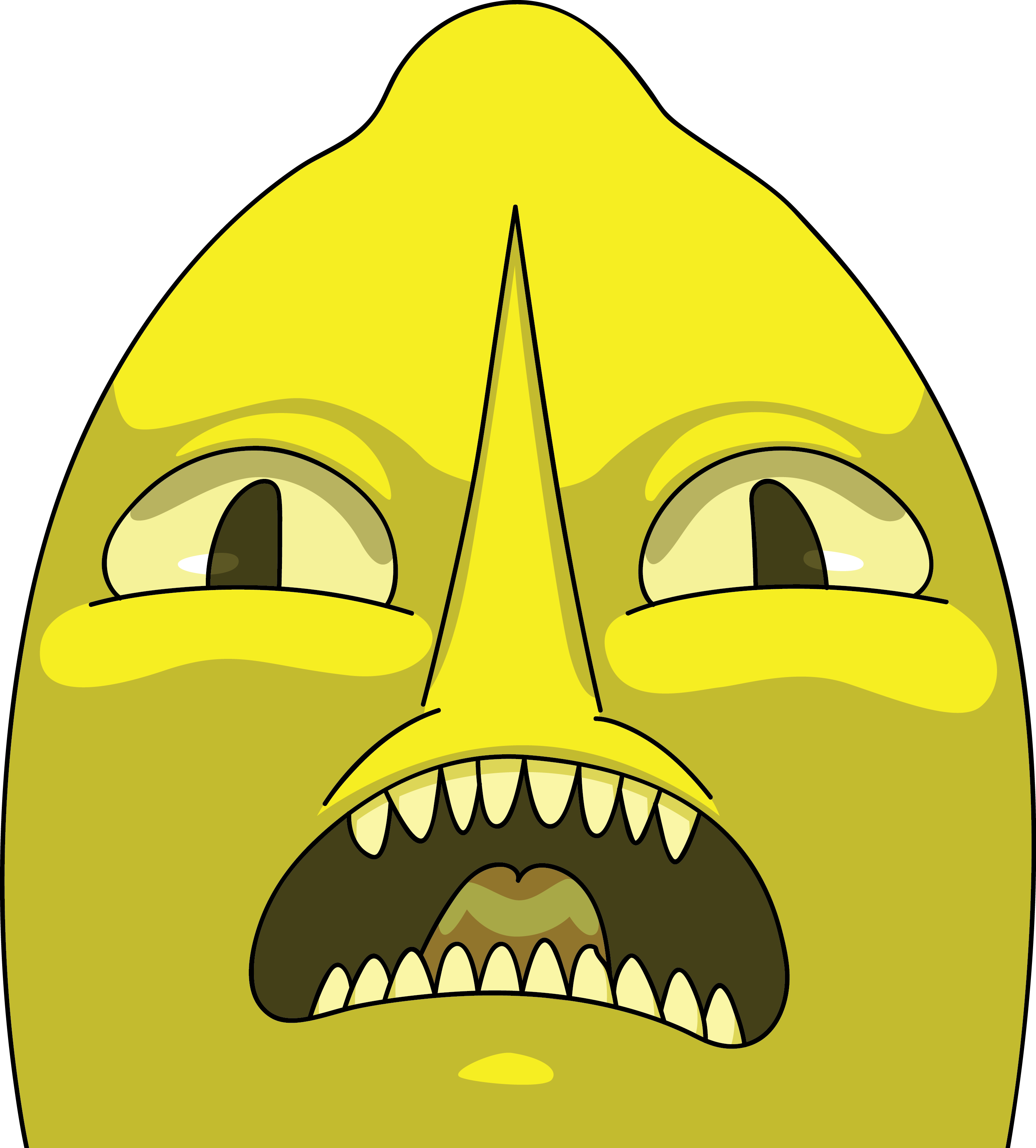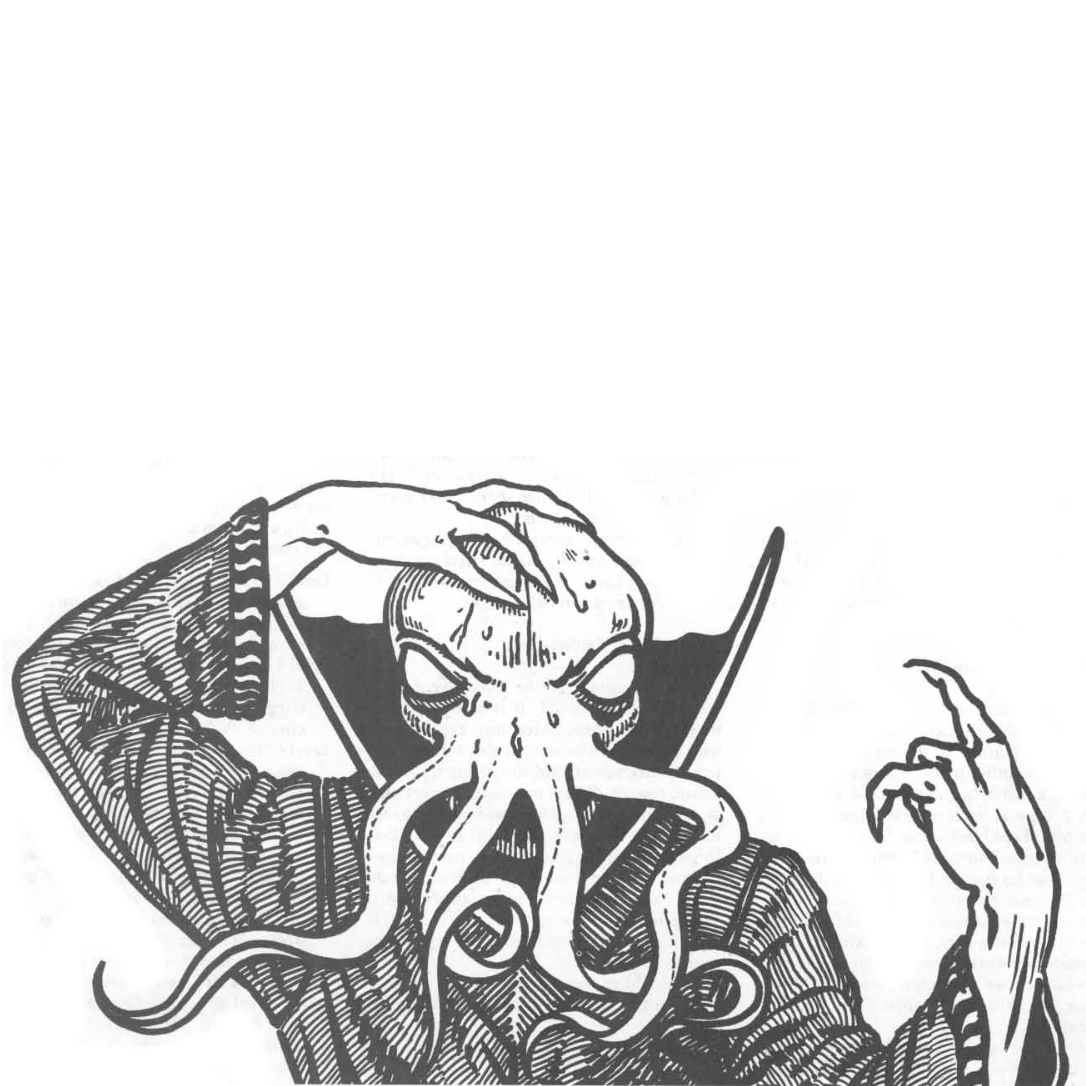So, this is an area I’ve been struggling to figure out. How do I balance a combat encounter?
I obviously know you can’t trust CR, but I’m struggling to figure out how I should plan or balance a combat encounter when that’s not an option.
Unfortunately, to a large extent, it’s going to be something you have to intuit from knowing your party. Is it a big group of unoptimized, heavy RP players? Easier/simpler encounters. A group of min-maxers? Go nuts.
There really is no good way to perfectly balance encounters without taking into account the characters you’re throwing them at.
Early on, I’d just rely on the exp budget method until you get the hang of figuring it out. Most encounters designed with the exp budget should be fine, if a bit easy a lot of times.
I’m afraid I haven’t heard of the exp budget system, can you explain it to me?
I’m guessing it means comparing how much XP particular monsters are worth per their stat block and adding those together then comparing the total to table on page 82 of the Dungeon Master’s Guide for encounter difficulties by party level. I agree this is a good baseline to start from, but those XP values are based on CR, which is itself really only a general suggestion and starting point to balance from.
Like eerongal led with, you have to know your party and their strengths and weaknesses in order to prepare an appropriate challenge for them. All of the options in character creation and progression mean that there are far to many variables in even a low level group of 3-5 PCs for any static rating system to guarantee balanced matchups for any given group without the DM actually having to learn the rules and use their brain a bit.
Agree, this is what I look at as well. I try to have the XP difficulty match close to the party’s “xp budget”. I like using the encounter difficulty calculator at https://kastark.co.uk/rpgs/encounter-calculator-5th/ because it shows both CR and XP, it’s very basic and minimalistic.
Yeah, that’s a great tool to use as a starting point. But getting a good looking number from that calculator doesn’t mean that your party isn’t going to smash the enemies or get wiped in three rounds. Different monsters will have different abilities (AC, attack bonus, damage, spells, resistances, saves, etc) just as your PCs will depending on their classes and builds. A group of slow moving monsters with high AC and low dexterity saves might be an appropriate or tough challenge for a heavily martial party, but add one wizard with spells like fireball or even burning hands at lower levels and suddenly they’re all taking full damage at once. There’s also the action economy to consider; a single enemy that attacks once per turn isn’t going to deal as much damage as a party of four all attacking it (unless it has legendary actions or it’s hitting hard enough to drop a PC in one or two hits) but a bunch of low CR enemies can potentially take out a half the party in a round or two via sheer volume of weak hits if they aren’t hit with some sort of AoE attack. As the DM you have to adjust for such factors and that’s really much more of an art than a science.
First, learn all the rules and figure out how the action economy works. Understand what things make a character or monster powerful. I’m not going to go into specifics because that covers the full chapter on combat rules plus a decent amount of monster stat blocks and the full character sheet of each of your PCs. Yes, reading is required, but so is comprehension.
Then, just like eerongal stressed, you need to know your party. If you have third level characters with between 16 and 30 HP each, you probably shouldn’t have a monster that does 5d6+8 damage on an attack regardless of how few HP it has (that one is personal experience, DM thought me spending all of most combats bleeding out was “tough but fair” and I left that game after three sessions). Because instadowning a PC may seem balanced from an enemy point of view but that player is now a spectator and thinks your encounter sucks. Conversely the other extreme of a giant HP sponge that just chips away with one or two weak attacks per turn while the party surrounds it and pounds on it is just boring. If you learn how combat works, not just how to roll attack vs AC, you can balance between the extremes. Yes, this requires you as DM to do some homework.
A common basic suggestion is multiple weak enemies that individually go down quickly but present a threat through sheer numbers. The danger of this is the party rolls poorly in the first turn and the weenie swarm rolls well to hit the frontline tank with seven individually weak hits and now they’re either down or definitely will be next round. Or the wizard gets high initiative and smokes them all with a single AoE spell because you had them all clumped up. An answer to both of these issues would be to spread the swarm both by approach and on their targets. If a PC can potentially die from being hit by four of a particular attack, don’t target them with seven of those attacks in one round.
Another tip is legendary actions and lair actions. One basically takes a single big HP sponge and gives them extra attacks equal to multiple enemies. The other is some sort of environmental hazards like collapsing floors, falling rocks, poison gas clouds floating across the battlefield, preset traps, automated weapons, and anything else you can think of that isn’t actually being done by the enemy themselves. Another common strategy is one “boss” that’s actually fairly understrength against the party but supported by several weak mooks to use as meat shields and distractions; done right the group should deal just enough damage and take long enough to beat to feel dangerous and challenging but never be at risk of an actual TPK.
Again, you absolutely must know your party’s strengths and weaknesses. Don’t build to completely cancel out either, but make sure you aren’t going to instantly wipe them and then plan around their advantages. If your PC is immune or resistant to poison, have one enemy that attacks with poison and several that don’t…but have the venomous one attack someone else first and let the players feel clever by switching around.
Also don’t fall into the lazy habit of one fight per day so the players can use all their coolest abilities every fight. Make them hold back a little because they don’t know what else is waiting for them around the next corner. Again you have to balance for your party in particular, but a group of mooks that are easily defeatable coming fresh off a long rest suddenly becomes a lot scarier when everyone is below half health and the whole party has two spell slots between them. Again this takes practice and adaptation on your part. Plan ahead with encounters that can be adjusted with a couple extra (or fewer) of those backup mooks if the party did better or got more banged up than you expected in previous encounters. Maybe just don’t use a boss monster’s legendary actions if you need to dial back a bit, or give them some extra HP if you want them to last an extra round.
Last specific suggestion I have right now is that if you need to ask for this kind of advice you should absolutely not be running a mid or high level game at all until you can comfortably and consistently balance encounters for a low level party. Schools don’t try teaching calculus to first graders for a good reason. You have to learn the basics first. High level PCs and monsters have more abilities, those abilities are more complex and can be used different ways, and the more complex a situation is the easier it is to fuck up. Interesting enough I also recommend against first level play because everyone is so fragile a run of bad rolls can get them killed by a couple really aggressive stray cats. I suggest level 3 as a starting point and slowly work your way up from there; PCs have a few special abilities to consider but not a lot and should be durable enough to take a few bumps. Low level combat shouldn’t be long and drawn out, either, because four rounds gives you plenty of danger when your tank only has 26 HP. Conveniently the game designers gave us a tiered progression system that slowly and steadily introduces new and more complex elements as you adjust to the previous ones. Almost like they thought of this issue, imagine that.
Back when I ran D&D 5e (we are talking about that right?) I made heavy use of (Kobold Fight Club)[https://koboldplus.club/]. But not straight party size and level. I found that if I overleved the party in the calculator by 2-3 levels I got reasonably balanced encounters. That number will of course depend on your players and their characters. If I were you I would start keeping short encounter notes for a while. The encounter budget, difficulty, #foes or actual foes. This way I bet you can after 3-5 sessions (assuming about 2 combat encounters per session) have a decently good idea of how to over/under level your party in calculators.
Take a look at my concept of the Lazy Encounter Benchmark. It’s an easier way of loosely benchmarking if a battle might be inadvertently deadly.



